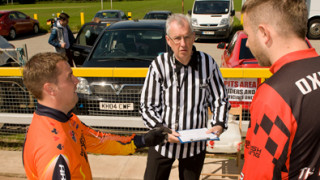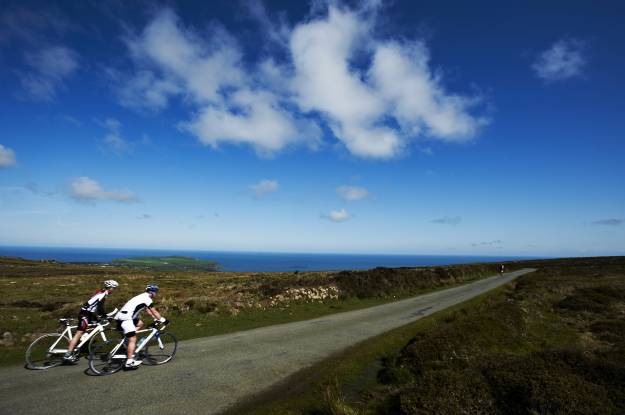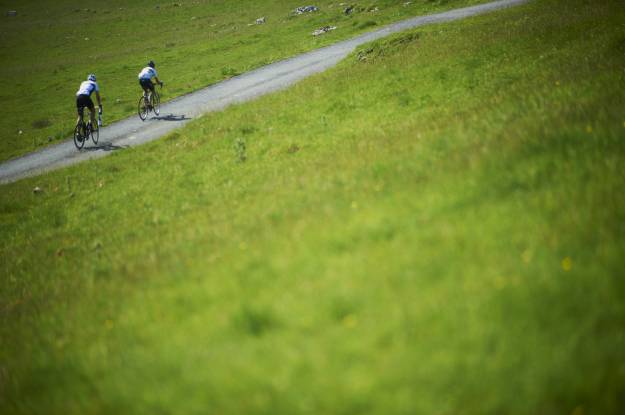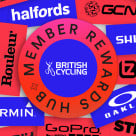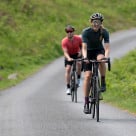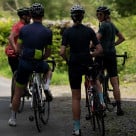|
Mike Hack discusses his role as a cycle speedway referee.
So tell us a little more about cycle speedway
Well, the races have a very simple format of four laps of a circuit, in an anti-clockwise direction from a standing start, with the first rider across the line winning.
I’ve heard cycle speedway matches are contested as teams, is that right?
Most league racing is contested as teams, but there are also events for individuals – for example the national championships. In the traditional senior team format, there are 18 heats in a match with two riders from each team contesting each heat (four riders in total per heat).
Teams have eight riders, riders one to six have five scheduled races with riders seven and eight having up to three scheduled races and these riders can be tactically substituted. Individual matches are generally contested by up to 16 riders with as many as 20 heats.
What is the typical day of a cycle speedway referee?
For a typical match the referee will arrive roughly an hour beforehand. Duties officially start 30 minutes before the scheduled start time. We will introduce ourselves to the event manager, carry out a track inspection, cast an eye over the bikes to be used, brief the other officials who will be taking on roles like starter, flag marshal, pits marshal or announcer and once the first aid team are in place then it’s time to race.
Once the match is over what happens?
The referee will make sure the correct result has been recorded and signed as a true record by both team managers. The referee will also confirm to the team managers if there are any penalties such as yellow or red cards. As cycle speedway is a sprint discipline with physical contact permitted, sometimes emotions boil over, as tension can be high.

